You know what’s been happening quietly in the background of PC gaming? Microsoft’s Xbox app has been undergoing a fascinating transformation. What started as a simple game launcher has evolved into something far more ambitious, a comprehensive gaming hub that aggregates titles from multiple storefronts, including Xbox Game Pass, Battle.net, Steam, Epic Games Store, and GOG. This isn’t just another launcher trying to compete with Steam; it is Microsoft taking a completely different approach by embracing the entire PC gaming ecosystem.
Here’s why that matters: Microsoft is betting on openness rather than exclusivity. The news that Fortnite is coming to the Xbox PC store validates the strategy, showing how an inclusive approach pulls in major publishers who see value in a unified ecosystem. Curious what that unlocks for players and studios alike?
What makes this aggregated gaming hub so compelling?
The new Xbox PC app goes well beyond simple game discovery. Microsoft has engineered a system that automatically detects and lists installed games from supported storefronts, creating what amounts to a universal gaming dashboard. Think of it as your gaming command center, one place to see everything you own, no matter where you bought it.
Here’s the neat trick: the app can launch games directly or hand off to the original launcher when DRM or anti-cheat systems require it. That orchestration gives you unified access without breaking the rules publishers rely on. Like a smart universal remote that switches inputs for you.
The implementation also includes a dedicated "My apps" hub for common storefronts and utilities, so you are not constantly hunting for Steam, Epic, Battle.net, or GOG on your desktop. Rather than picking sides in the launcher wars, Microsoft is positioning Xbox as the neutral hub that makes every platform play nice.
Control stays with you. You can toggle storefront visibility from Settings to choose which stores appear in your library. Do not want to see a mountain of unplayed Steam games? Hide them. Want to zero in on Game Pass? Go for it.
The cross-device continuity ties it all together. Cross-device play history and cloud-playable game resuming across consoles, PCs, and handhelds lets sessions flow between devices. The kicker, it works with games from every major storefront, something no competitor currently offers.
How does this tie into Microsoft’s broader gaming strategy?
This aggregated approach reflects a shift in Microsoft’s philosophy. Instead of a walled garden, Xbox becomes the connective tissue for everything else. A bold pivot, and it fits the market Microsoft is facing.
Microsoft's gaming division generated US$23.455 billion in fiscal 2025 (FY25), impressive numbers that mask a deeper challenge. Xbox maintains only 14.0% console market share compared to PlayStation’s 52.5%. When you are the underdog in hardware, the usual playbook stops working.
The console model is creaking under technical and market pressure. Moore’s Law has slowed down, which blunts price cuts on components, and the console market isn’t growing. In that context, aggregation looks less like a nice-to-have and more like a path forward.
Phil Spencer has been candid about that direction. He wants other video game retailers on Xbox platforms because players should have the freedom to buy from different stores. That thinking stretches beyond PC, with interest in bringing stores like Epic Games Store to Xbox consoles, too.
Microsoft’s response is simple. Instead of doubling down on exclusivity, they are embracing platform-agnostic gaming. Open the doors, make the ecosystem useful to everyone, and capture value from the broader PC market rather than chasing hardware wins where they lag.
What does Fortnite’s arrival mean for the platform?
The addition of Fortnite to the Xbox PC store is more than another big game, it is a stamp of approval for Microsoft’s cross-platform approach. Fortnite’s massive player base and cross-platform DNA make it a perfect showcase for an ecosystem that meets players wherever they are.
Fortnite’s integration will likely leverage Xbox Play Anywhere (XPA), which enables players to move effortlessly across the Xbox ecosystem on console, PC, and other devices. There are over 1000 Xbox Play Anywhere-enabled titles in the Xbox Store, and Fortnite’s presence could highlight the program’s value for publishers that have held back on cross-platform features.
The Microsoft and Epic collaboration runs deeper than distribution. Epic has implemented energy efficiency improvements that save an estimated 73 GWh per year across Fortnite’s player base, equivalent to 14 wind turbines running for a year. A small signal that both companies can align on more than just sales.
The timing lines up with Epic’s wider platform push. Fortnite will be available on Arm-based Windows machines later this year, which dovetails with Microsoft’s move toward Arm-based Windows 11 devices and a smoother hardware story across the board.
Where does this leave PC gamers?
For PC players, the payoff is immediate. Less launcher pinball. No more “Where did I buy that again?” The Xbox app offers a controller-first UX that fits couch play and handhelds, a growing trend as more people bring PC games into the living room or on the go.
There are wrinkles. Community reports indicate that installer flows and metadata completeness for non-Microsoft storefronts are still evolving. Some games are not consistently detected, and third-party metadata can be spotty.
Anti-cheat and DRM systems remain significant technical hurdles, so not every title can run natively on every device. Microsoft has acknowledged the growing pains and plans to expand support to more storefronts over time while improving metadata and installer reliability.
The rollout plan shows some discipline. The feature is currently rolling out to Xbox Insiders and will expand to all Windows 11 PCs over time, which lets Microsoft tune the experience with real feedback before it hits everyone.
PRO TIP: If you’re an Xbox Insider and want to try this feature, make sure you have the Xbox Insider Hub installed on your PC to get early access to these updates.
The bottom line, Microsoft is betting on openness and integration rather than exclusivity, a move that could benefit everyone in the PC gaming ecosystem. Instead of trying to force you into their store, they are saying, “We will help you organize everything you already own, regardless of where you bought it.”
Will it work? Execution decides. Early signs look promising, and for anyone tired of juggling launchers, this feels like the unified experience PC gaming has been missing. With major titles like Fortnite joining the platform, it is clear that other publishers are paying attention to Microsoft’s more inclusive approach to PC gaming.




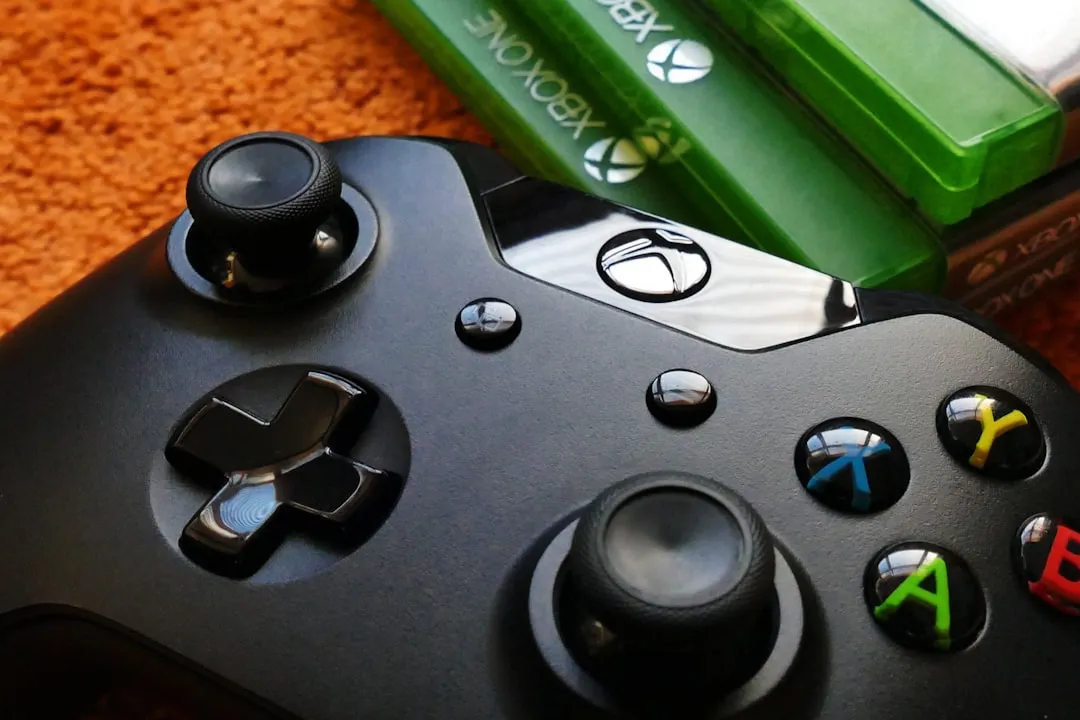
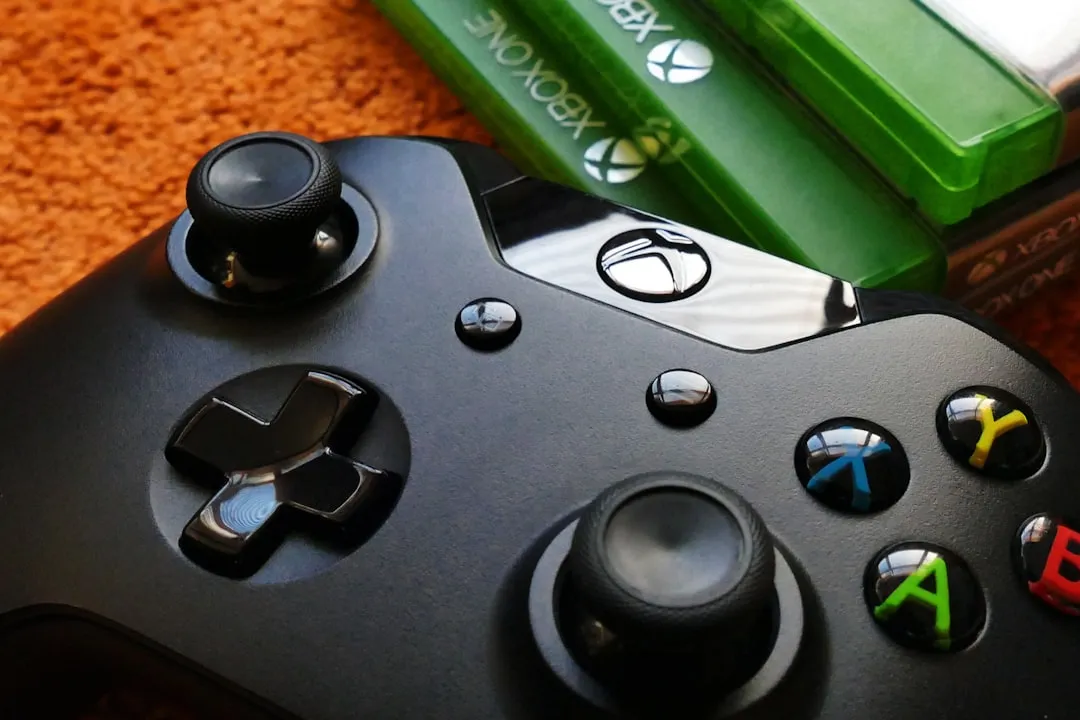



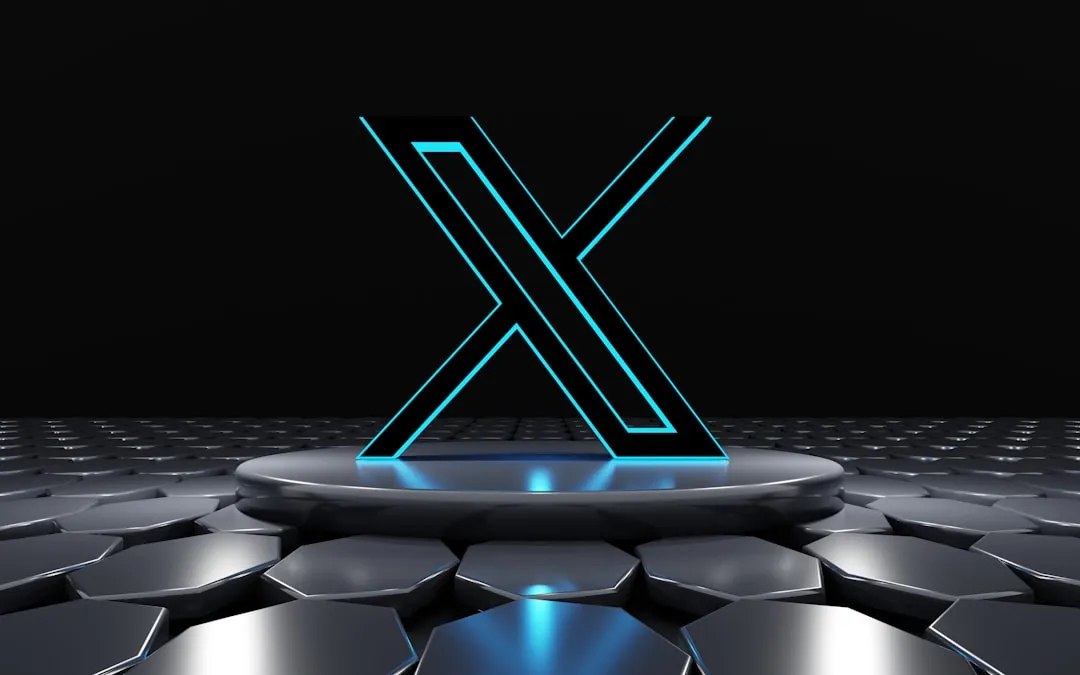
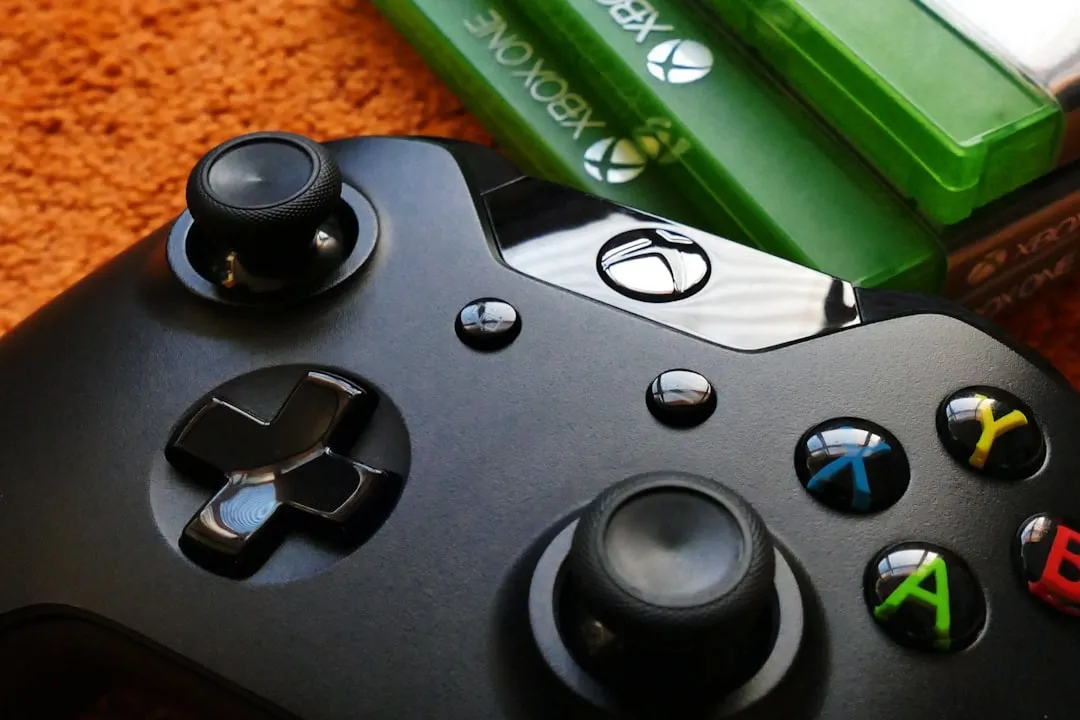
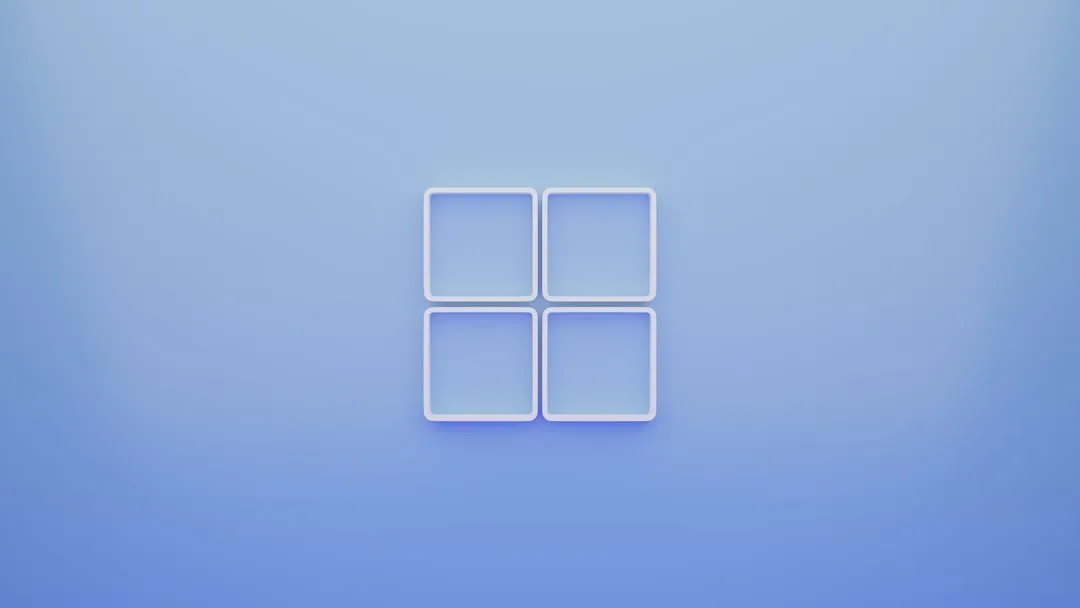
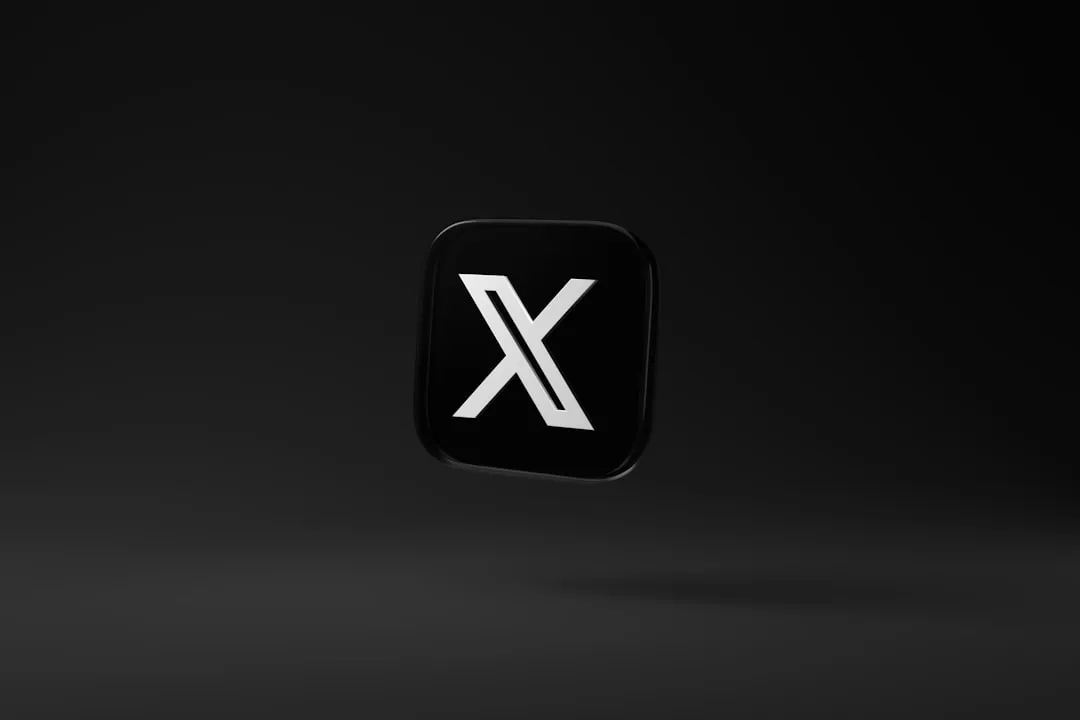
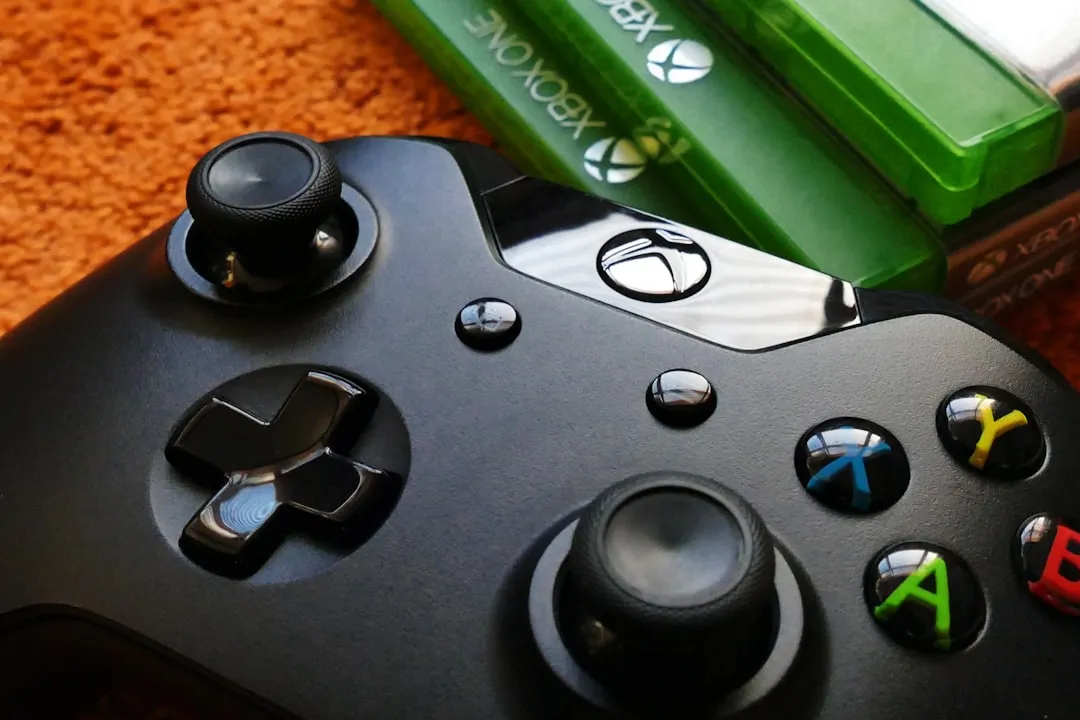






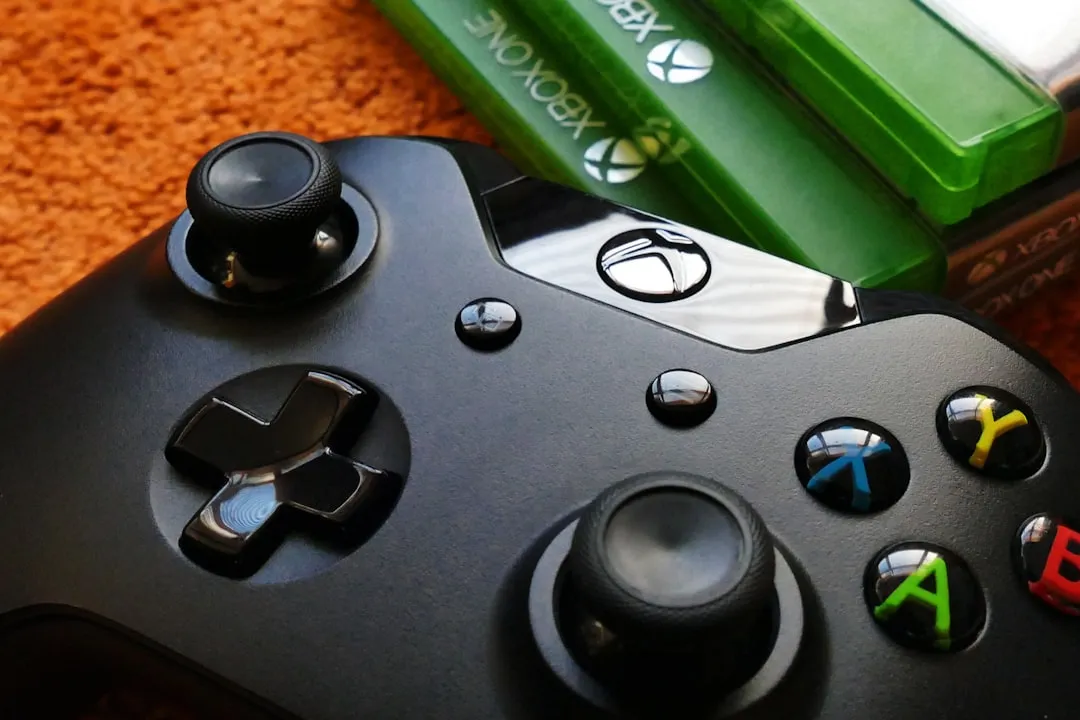


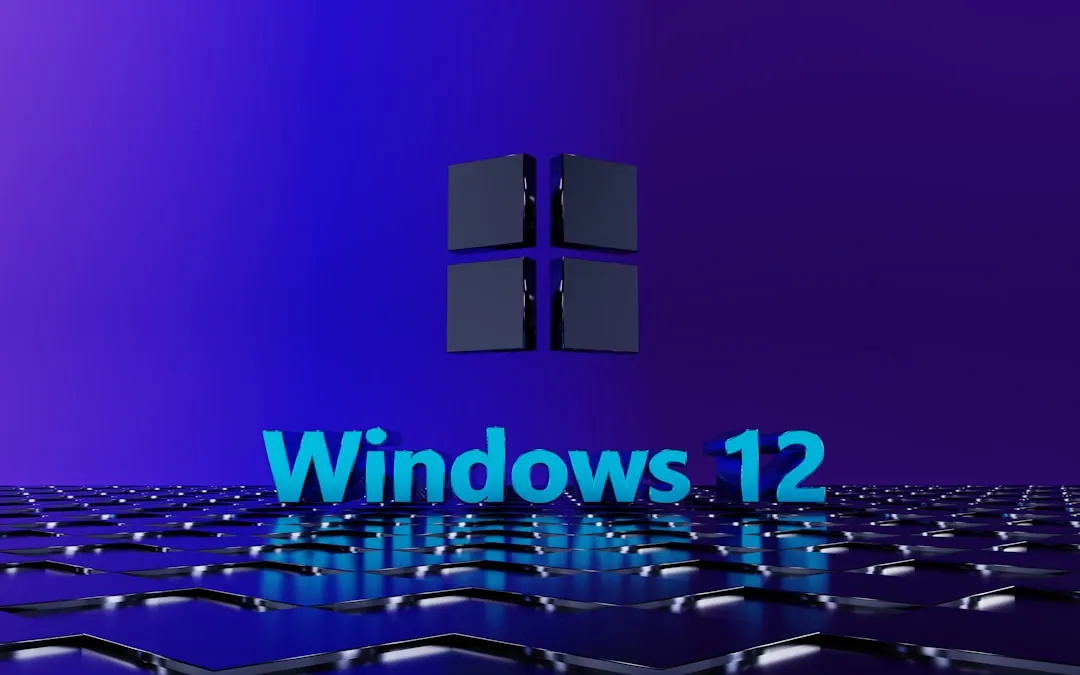
Comments
Be the first, drop a comment!